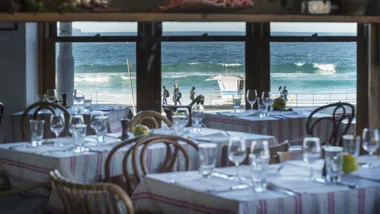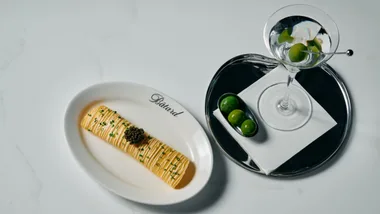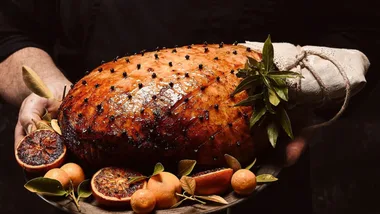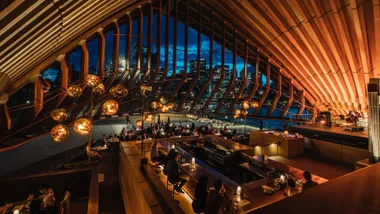WHO Rowena and Mick Ellis moved from Melbourne to Mansfield in Victoria’s High Country to raise beef cattle. They were looking at other crops to complement their Angus herd and decided on capers for their drought tolerance and ability to thrive on a range of soils. They planted 300 Eureka caper bushes on a one-hectare paddock looking out to the Victorian Alps, and in 2010 sold the first jar of Long Lane Capers at their local farmers’ market.
Related: Trout with brown butter, capers and garlic recipe
HOW Capers are the buds of the plant, which flowers from December to March. Long Lane now produces 300 kilos of caper buds and berries each year, each bud individually hand-picked by Mick, Rowena and a team of local high school students every week. “We grade the buds into small, medium and large sizes,” says Rowena. The buds are then washed and salted using Murray River salt. “Over the next four to five weeks the salt draws the liquid out, creating a flavoursome brine that we mix back through the buds every three days.” The capers are firm and tight, with enticing hints of rose and dark chocolate, and pack a powerful punch when eaten whole. At the end of summer the caper bushes are left to flower into caperberries, which the Ellis family preserve in white wine vinegar.
WHERE Melbourne restaurant Grossi Florentino scatters Long Lane capers over Milawa chicken livers and cos lettuce hearts, while Provenance in Beechworth puts them to good use in kangaroo tartare.
Long Lane Capers, from $10 for 70gm. longlanecapers.com










